A Link to the Past

Time. We’ve waited a long time for the Hero of Time to return. Apparently, he’s been napping in a cave the whole time, blissfully unaware of the devastation raging in the outside world. That sounds nice for him.
For Nintendo and its fans, though, Link’s elongated absence has been none too pleasant. Not since 2002 has the Kokiri boy with the golden triangle appeared in a new console adventure that became an instant classic. Yes, it really has been that long since The Legend of Zelda: The Wind Waker – a game that astoundingly underwent a transformation from object of extreme fan derision to acceptance as one of the series’ best – released.
In the intervening years, Nintendo’s inability to recapture the series’ magic in a new home console release certainly was not for a lack of trying. In 2006, it gave us Twilight Princess, perhaps the most reactive game Nintendo has ever produced in that it was the “mature” style of game a large and noisy segment of the fanbase demanded following the cartoonish Wind Waker. Then came Skyward Sword in 2011, which, as Breath of the Wild will do this Friday, simultaneously attempted to be the killer app for a new console launch and the last hurrah for an outgoing and underperforming console.
These were not bad games by any measure, but nor were they worthy of mention in the same breath – no pun intended – as Wind Waker, let alone what most fans would likely agree are the series’ highest peaks: 1991’s A Link to the Past and 1998’s Ocarina of Time. Had Twilight Princess and Skyward Sword been original titles or entries in most any other franchise, they would have likely received near universal praise. But the difference separating a game that is great in its own right and one that is great for a Zelda title is very much real and not slight.
No one will ever completely agree on a definitive order of quality for Zelda games, but few fans would place either of Link’s last two console outings in the same rarefied air occupied by his greatest adventures. Twilight Princess suffered from an absurdly long mandatory training segment and from trying too hard to respond to fan requests for a more “mature” Zelda game instead of just being great regardless of style. Skyward Sword also suffered from a long, dull opening, but its most egregious sin was splitting each area of its world into walled gardens rather than connecting them via a sprawling, traversable overworld.
A case could be made for A Link Between Worlds to enter that space, despite its Metacritic score implying otherwise. But even if everyone could agree on that 2013 callback to A Link to the Past being among the series’ finest, it’s still at an inherent disadvantage for being a handheld game, as it’s nigh impossible for even the best portable titles to deliver an experience on par with the best home console games.
At least, it used to be.
A Link Between Consoles

In just two days, Nintendo will launch the Switch, a console that is ostensibly the final form of several decades’ worth of efforts to merge console and portable play by the mercurial console holder. Breath of the Wild launches with it – and, oh yeah, it’s also releasing for the comatose Wii U. Neat.
The burdens borne by Breath of the Wild are heavy indeed. Here is a game that is almost single-handedly responsible for ensuring the initial success of the Switch – a curio of a home/portable hybrid console that will come out of the gate light on both launch software and ancillary features like web browsing and Netflix – and restoring the greatness of a venerated franchise. If this were virtually any other game, it would very obviously have been set up for failure.
But this isn’t any other game. This is Breath of the Wild, for which the hype train has soared so high off the ground that if you looked back you wouldn’t even be able to make out the tracks it flew off so long ago. It was all the way back in 2011 when Nintendo first showed a proof of concept for its first high-definition Zelda game. You may not remember it now, but that footage looked absolutely nothing like Breath of the Wild. It wasn’t until 2013 when franchise producer Eiji Aonuma revealed in a Nintendo Direct that with this game Nintendo would be “rethinking the conventions of Zelda.” Aonuma said at the time that this “new style” of game wouldn’t be afraid to cut out some longtime Zelda staples such as completing dungeons in order.
Zelda fans threw themselves into a whirlwind of fear and excitement about what this brave new world of Zelda would be like and what fan favorites would get the axe. Then, in 2014, Aonuma filled them in just the tiniest bit: this new Zelda game would be gargantuan in size. The small, confined areas of recent Zeldas were out in favor of a world with “such a vast field to explore” that players could explore anything they could see “from virtually any direction.” Nintendo would also ditch the prolonged intro sections of Twilight Princess and Skyward Sword in favor of putting players immediately into the action and puzzle solving.
This was music to fans’ ears, and the accompanying video clip served to hype up even the most ardent skeptics. Best of all, this game was coming in 2015 to save Nintendo from foundering Wii U sales and deliver its fans one of the games so many had bought the system to play. Of course, that never happened.
Many delays later, Nintendo made a move that would be extremely unusual if it weren’t for the fact that the consistently inconsistent Nintendo was the one making it: the as-yet-unnamed Zelda sequel would be the only game Nintendo brought to E3. Nintendo’s E3 booth was a massive shrine to the franchise, transporting any attendee who was able to brave the hours-long lines to play into a real-world interpretation of Hyrule. The verdict was near unanimous: the demo was fantastic and appeared atop most outlets’ Game of the Show lists. The only problem was that fans still had to wait for the Switch to launch in 2017 – marking a nearly six-year gap between Zelda console game releases, the longest in franchise history – before they could play the full game.
Nintendo didn’t stop the hype train from rolling, though. In a recent interview with Game Informer, Aonuma and series creator Shigeru Miyamoto promised that Breath of the Wild was different than anything that came before, saying fan feedback was largely to thank for this divergence.
“I’ve felt like there are ways that the game should be and I’ve stuck to it for a very long time,” said Aonuma. “But then, right before I started developing Breath of the Wild, I realized there is a gap between fan feedback and what my strategy was.”
Link’s Awakening

That brings us to the here and now. The Switch will launch on Friday, and while its launch lineup has grown somewhat to about a dozen games, it’s still a bit light compared to the 20-25 launch titles gamers have become accustomed to from other console launches. Mario is coming, but not until fall at the earliest. Mario Kart is coming, but not on launch day, and it’s a port of the 2014 Wii U game. A Splatoon sequel is in development, but it’s not coming until summer, and as fun as it looks, it also appears at a glance to be a paint-by-numbers sequel.
Nintendo, meanwhile, is still hurting from the unmitigated business disaster that was the Wii U. It needs the Switch to be a success, and for that to happen, it needs big third-party support. But third parties are skeptical, as they so often are with Nintendo consoles. Nintendo needs its new machine to be a big hit right away so it can build a large enough install base to attract the kind of third-party support necessary to fuel long-term, mass-audience success.
How does it do that? With a sleepy elf boy waking up and being not just a good or even a great game. In fact, not even being one of the best games of 2017 will do. No, The Legend of Zelda: Breath of the Wild must be one of the best games of all time if it is to live up to the massive hype behind it, thus satisfying fans’ almost preposterously high expectations and getting and keeping Switch units flying off store shelves throughout 2017 and beyond.
Last week, we were inundated with last-minute impressions of the final game ahead of the reviews, which have just dropped. The buzz only continued to grow, with outlets around the world praising the game’s first few hours. And just looking at the game’s initial reviews, it’s looking promising already. So maybe, just maybe, Nintendo has pulled it off and created an unforgettable classic in Breath of the Wild that we’ll still be talking about 30 years from now.
It better hope that’s the case, too. If it isn’t, the intense backlash from the company’s biggest fans will be the least of its concerns, as the Switch, entirely devoid of non-gaming features and light on other games at launch, ends up dead on arrival.

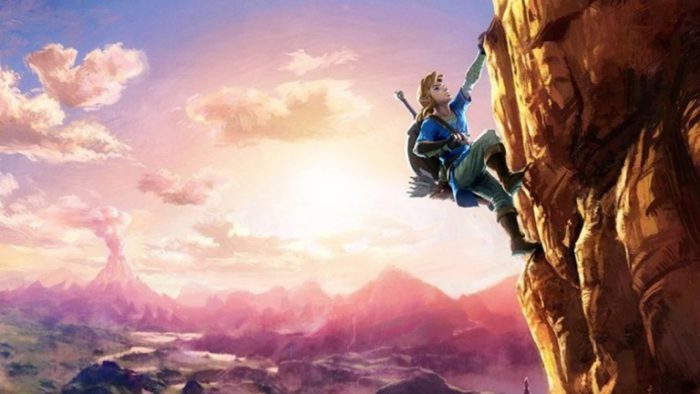



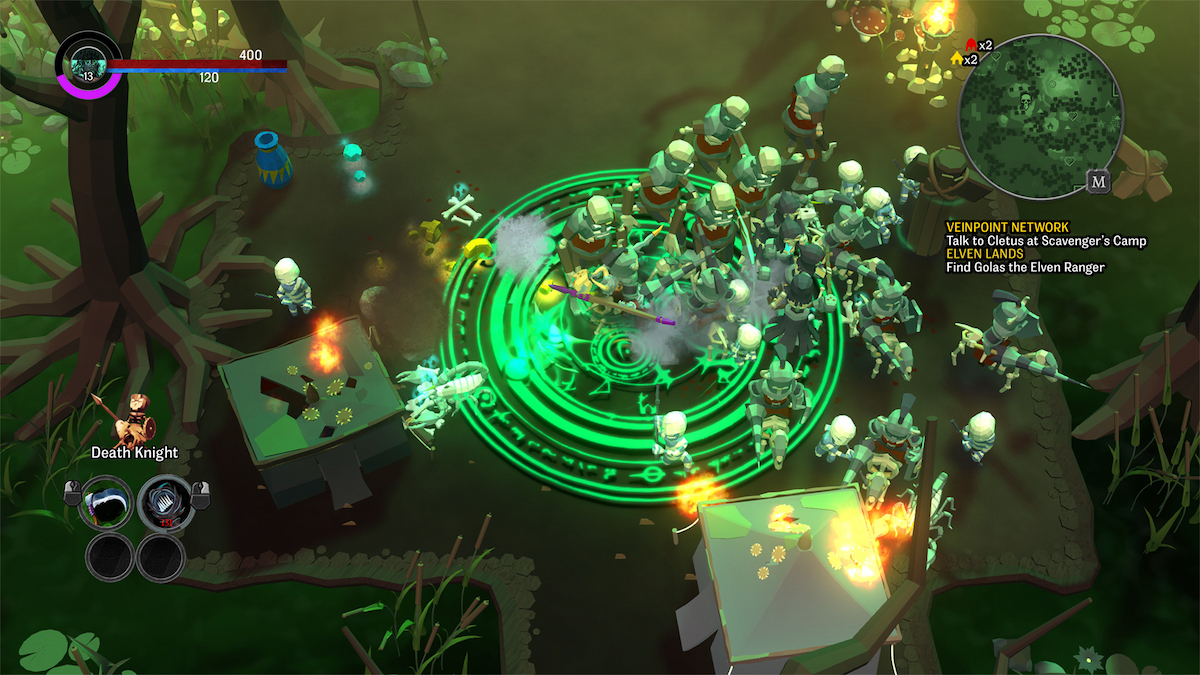

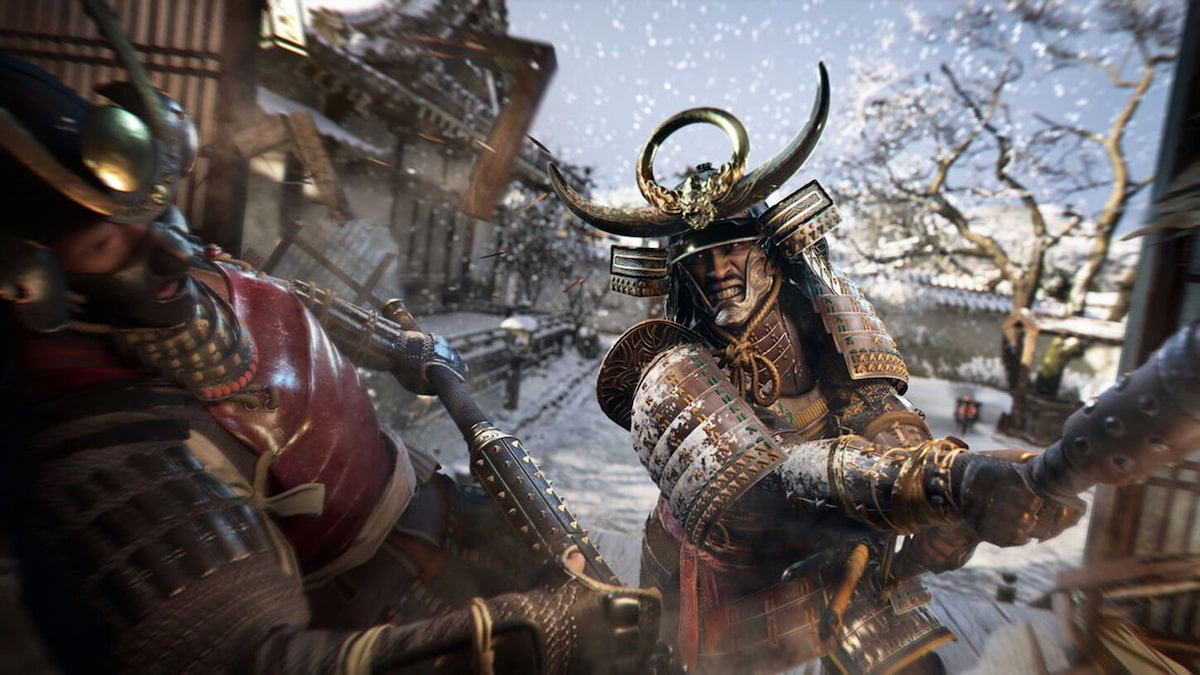

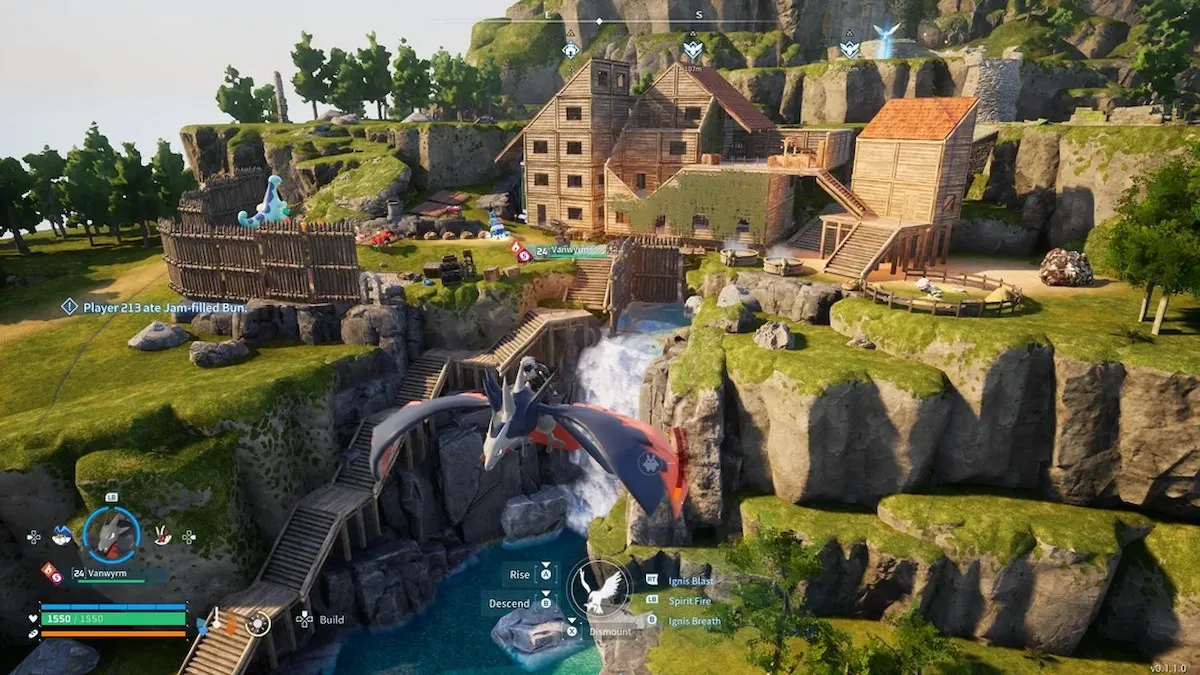


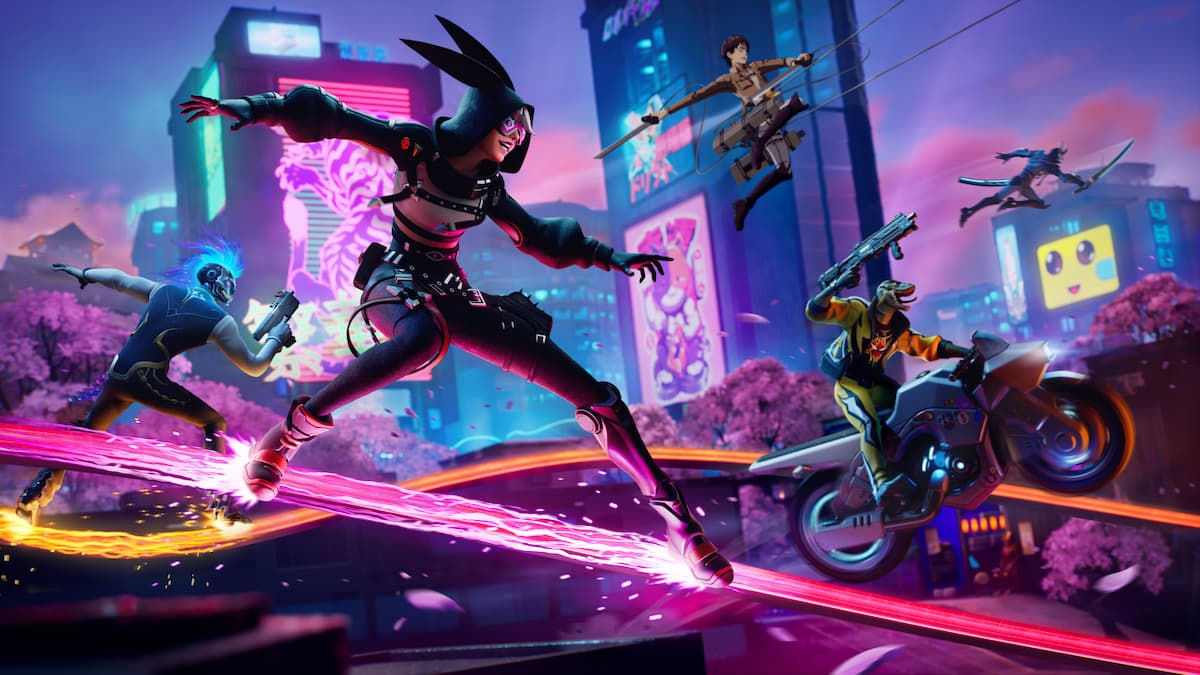
Updated: Mar 2, 2017 08:15 am